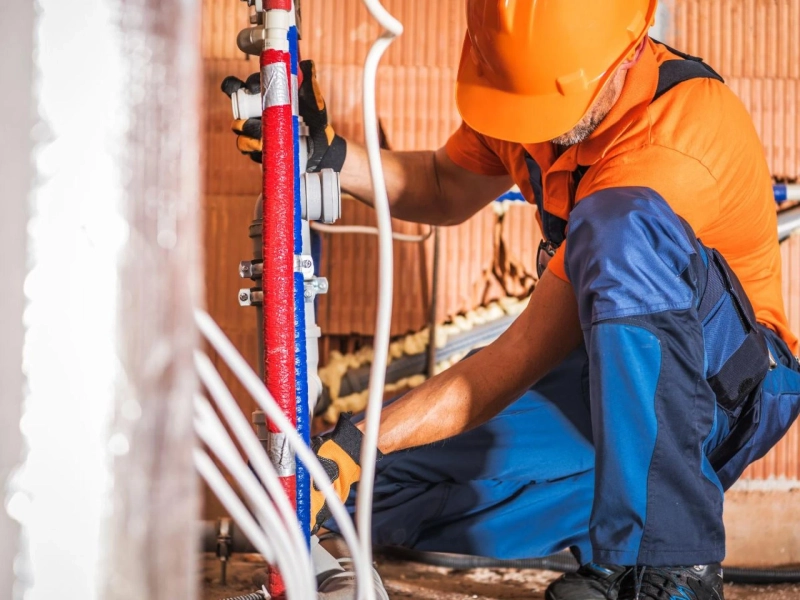Plumbing systems are the unsung heroes of our built environment, ensuring the smooth flow of water and the safe disposal of waste. While they may not always be in the spotlight, they play a crucial role in the functionality and comfort of residential, commercial, and industrial spaces. Plumbing design services are at the core of creating efficient and reliable plumbing systems, making them a critical aspect of any construction or renovation project.
The Science of Plumbing Design
Plumbing design is not just about connecting pipes and fixtures. It's a science that involves careful planning and precise calculations to ensure that water supply and drainage systems work seamlessly. Experienced plumbing designers take into account various factors, including building layout, water source, local plumbing codes, and the specific needs of the space.
Benefits of Professional Plumbing Design Services
Efficiency: A well-designed plumbing system maximizes water flow while minimizing energy consumption. This not only reduces utility costs but also contributes to a more sustainable and eco-friendly building.Reliability: Professional plumbing design ensures that your system is less likely to experience leaks, clogs, or other issues that could lead to costly repairs and disruptions. This reliability is particularly essential in commercial and industrial settings.Compliance: Plumbing design services ensure that your system meets all local building codes and regulations. This compliance is crucial for avoiding legal issues and ensuring the safety of your building's occupants.Optimized Space Utilization: Plumbing design takes into consideration the layout of the building, ensuring that pipes and fixtures are placed to maximize space utilization. This is especially important in tight urban environments.The Plumbing Design Process
The plumbing design process typically involves the following steps:
Initial Assessment: The designer evaluates the project's requirements, including the type of building, number of occupants, and water demand.Schematic Design: Preliminary plans are developed, considering the placement of pipes, fixtures, and connections.Detailed Design: This phase involves precise calculations to determine pipe sizes, materials, and fixture specifications.Code Compliance: The design is reviewed to ensure it complies with local plumbing codes and regulations.Construction Support: The plumbing designer may provide support during the construction phase to ensure that the system is installed correctly.Finding the Right Plumbing Design Service
When seeking plumbing design services, consider the following factors:
Experience: Look for a service with a proven track record in plumbing design for projects similar to yours.Reputation: Read reviews and ask for references to ensure the service has a good reputation for quality and reliability.Knowledge of Local Codes: Ensure that the service is well-versed in local plumbing codes and regulations.Communication: Effective communication is crucial. You should be able to discuss your project's needs and concerns with the plumbing design team.Cost: Obtain quotes and compare them to ensure that the service is within your budget.Conclusion
Plumbing design services are a fundamental aspect of any construction or renovation project. Their role in creating efficient, reliable, and compliant plumbing systems cannot be overstated. Investing in professional plumbing design services can lead to long-term savings, increased comfort, and peace of mind knowing that your plumbing system is designed to perform at its best. Whether it's a residential, commercial, or industrial project, professional plumbing design is the key to success.


